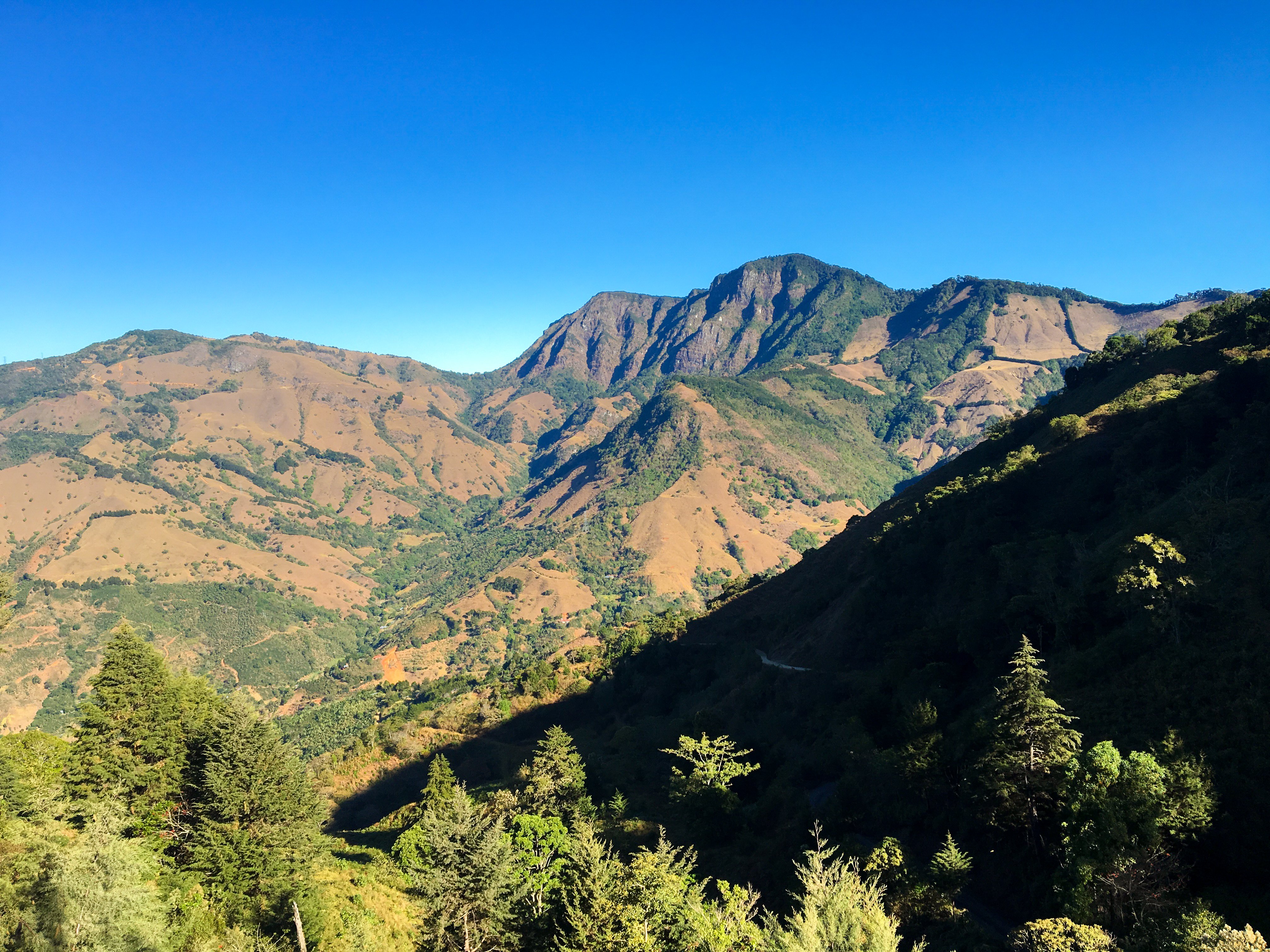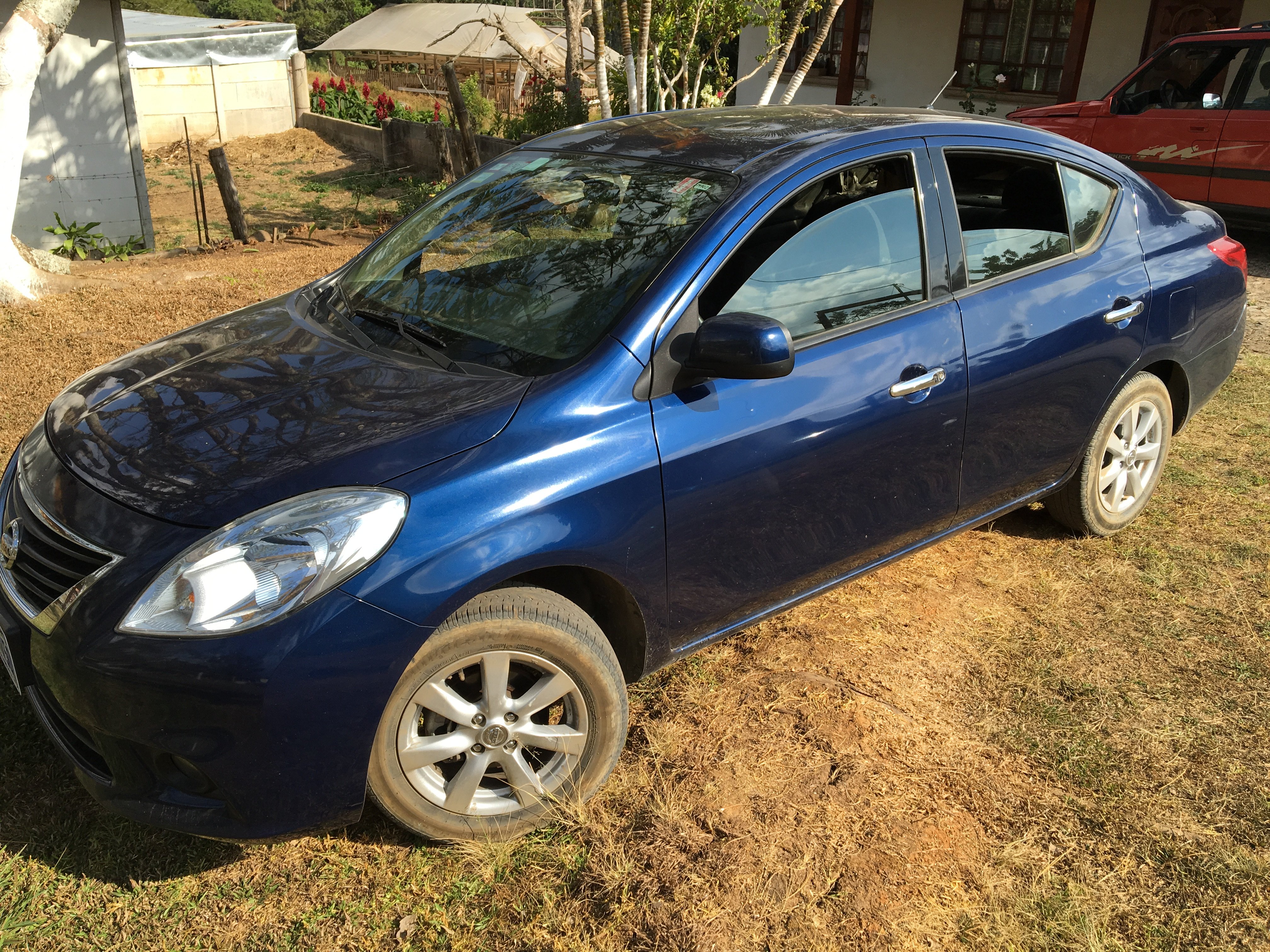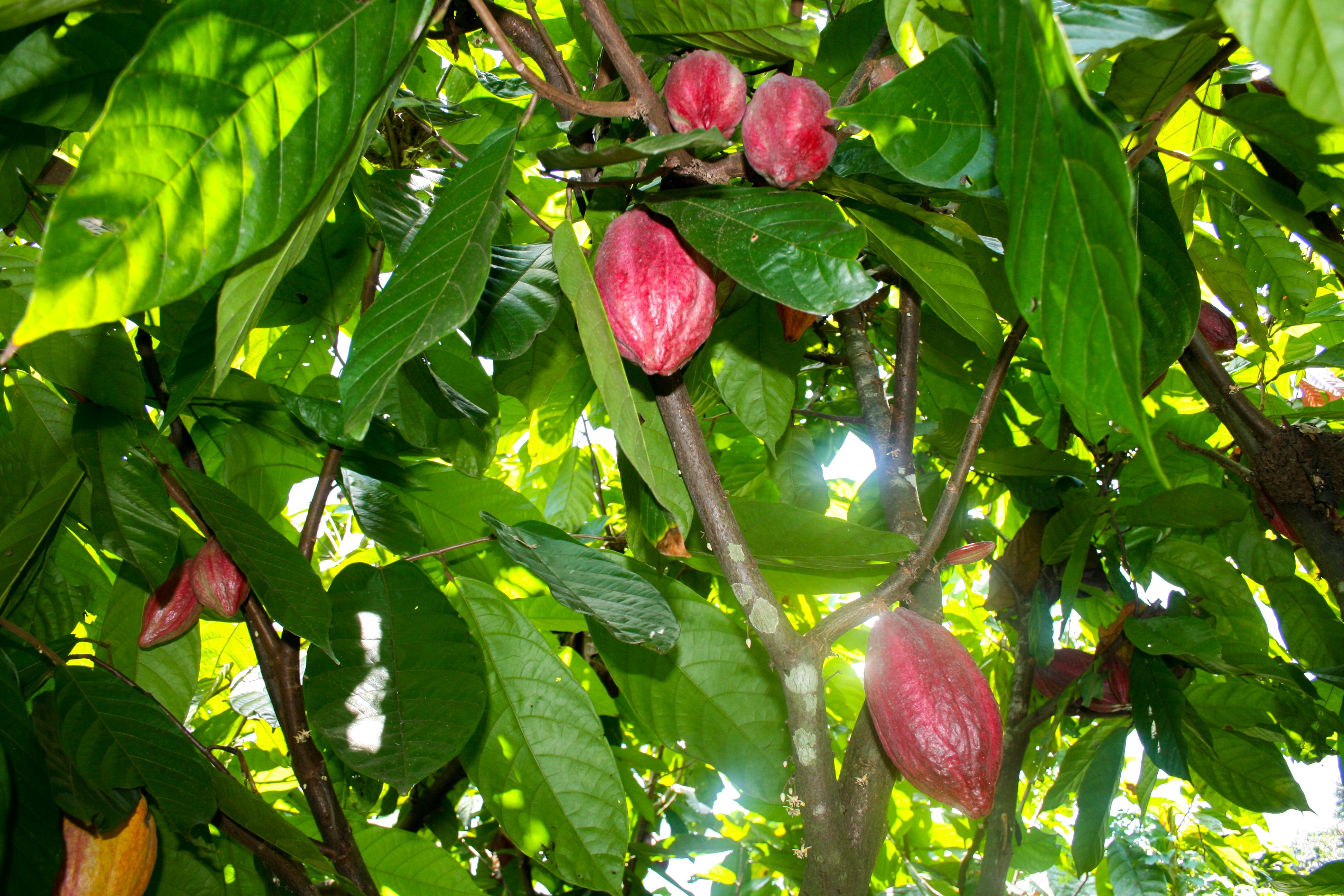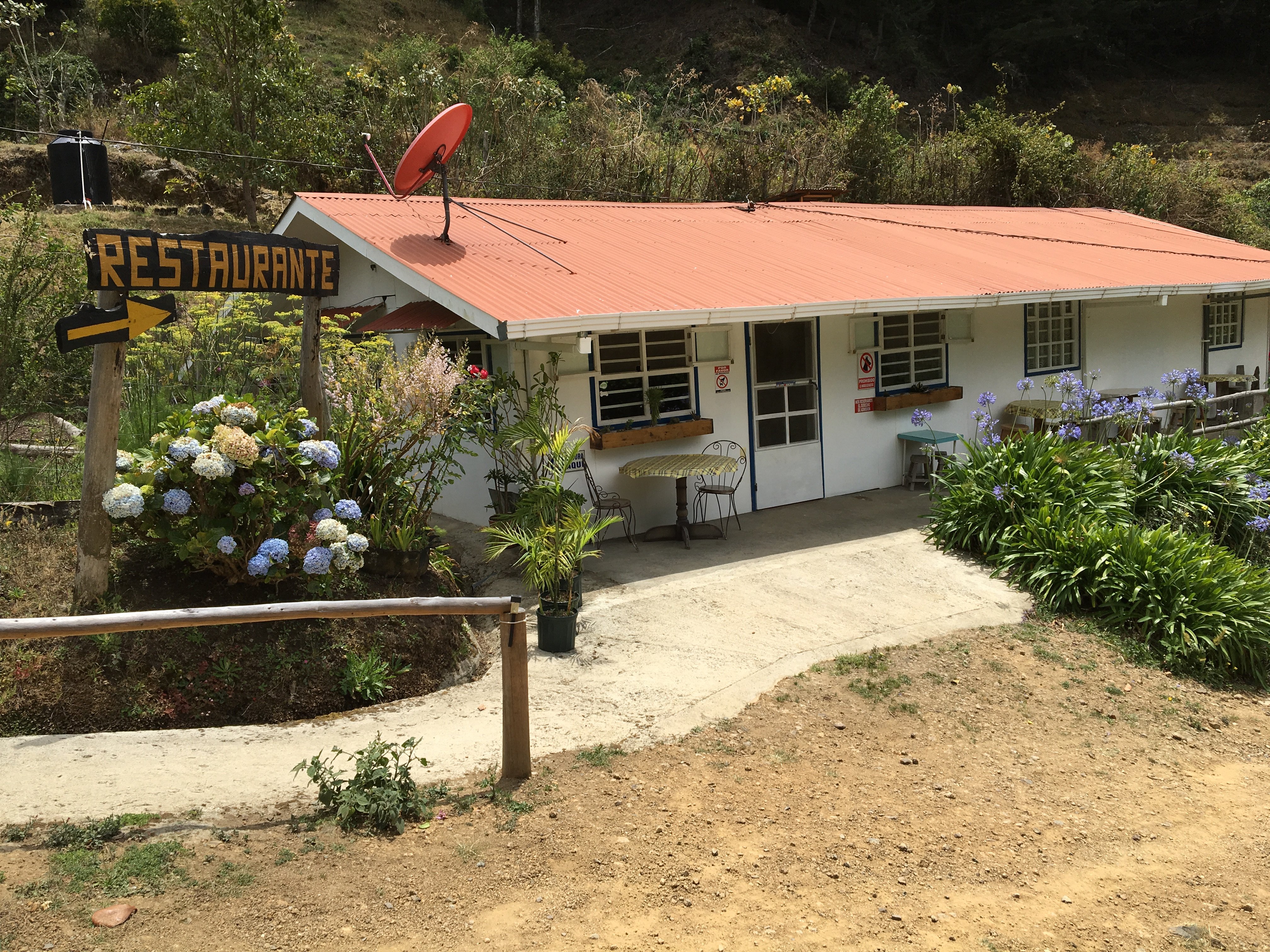Not every car deserves to be torched. Sometimes, you can grow attached to them like any other possession. That’s not the plot of this story – at least I don’t believe it is.

Part of the process of starting my gourmet foods company is finding producers, meeting with them, and discussing many topics together, such as quantities, quality, timelines, delivery options, legal processes (or perhaps ways to skirt those processes, if I were not the state-friendly type), and even my vision and future plans for the company. This process requires a lot of time and patience and plenty of research, particularly when the producers of your goods are in another country. So, I frequently need to hop on a flight and visit my farming friends in Costa Rica. It’s a rough life – I know.
On my visits, it’s necessary to purchase a rental car. Costa Rica isn’t a very large country by area, but it’s certainly a mountainous one, so driving anywhere takes a lot longer than one would imagine. My destinations are in the mountains, as the coffee farmers that I work with grow their beans at the higher altitudes in the Tarrazú region and my main friend and contact for the business lives in one of the mountain towns – the town of San Marcos. I always expect to do a lot of driving and don’t like to impose on my friends, so I purchase a rental car when arriving in San José.
One of the downsides of traveling to Costa Rica is the cost of renting a vehicle. The government there has implemented many climate change and other green technology initiatives, so purchasing electronics and other appliances and vehicles is more costly for the average consumer. Combine that with much more dangerous driving conditions, and the cost of a rental car easily pushes you over $500 a week – for the smallest vehicle options.
On my latest trip to the beautiful country, I requested a rental car for seven days. Initially, I had asked for a 4-wheel drive SUV, since I would be heading to the mountains and visiting farms off the paved roads, often on fairly steep slopes and around unguarded mountainside corners. But after seeing that the cost with insurance (which you must have) would be close to $1000 for the week, I decided to find a better option. I talked to my friend, Felipe, and his father, Rafael, who is an agricultural engineer at one of the coffee farming cooperatives near San Marcos. Rafael has the type of vehicle needed for visiting farms and agreed to visit those farms with me, so I decided to choose a less expensive option for my driving needs.
My new choice was the Nissan Versa, or similar vehicle in the economy class. But no – when I arrived at the rental agency, I actually did receive the Versa. It was an electric blue one with four whole cylinders, air conditioning, an AM/FM radio, and even tiny little tires. The total cost for seven days, with insurance and a GPS (I would be traveling to new locations on this trip), and all of the applied taxes and fees came to the money-saving total of $655.22.

What a steal! For the low price of $655, I could drive up and down mountains and valleys in a golf cart for an entire week! You can’t find deals like that anywhere but the happiest place on earth!
As unenthusiastic as I was to pay such an obscene amount of money for a Versa, I knew that my options were quite limited, so, off I went! I threw my suitcase in the trunk, plugged in my prototype Garmin GPS from 1989, cranked up all four cylinders, the air conditioning, and the local FM classic rock station and zipped out of the rental lot. I made it all the way to the end of the street and tried to make a left turn and, what do you know? Traffic. Lots of it. It was San José after all, so it was expected.
I waited for my turn to go left and just as I approached the intersection, here came a semi-trailer truck. As luck would have it, the driver wanted to make a left turn onto my street – and even luckier – I couldn’t see around him, so I didn’t make my turn. However, the driver of the truck saw an opening and went for it!
But, oh-no! Not enough room! He was coming from a narrow street, even though they were able to cram four lanes into it, so his large turning radius made this a comical attempt to maneuver onto an even narrower road. What wasn’t funny was the fact that I had nowhere to go. There were cars behind me, the semi in front of me – half turned onto my street and almost touching my front left fender – and the trailer was extended back into the left lane from where he was turning. He couldn’t back up and if he pulled forward another few inches, he would make contact with my fresh new ride.
We sat for a few seconds, staring at each other in our presumably different languages. “Screw it,” I thought to myself. I jammed on the gas pedal, swung a quick right turn, drove to the end of the trailer, then spun the steering wheel back to the left and…
I stopped. A new flood of traffic hurried along from the direction in which the semi had come. So, now I was stuck in the middle of a road full of city traffic trying to make a U-turn around a trailer that was now disappearing around the corner, since I had given the driver the necessary amount of space to make his turn. Fortunately, the oncoming traffic stopped after just a few short minutes (literally) and I was able to squeeze into it and finally be on my way to my destination, which was a two-hour drive into the mountains.
Other than a missed turn (thanks, GPS!) that provided me with a not-so-scenic route through the industrial town of Cartago, the drive to San Marcos was rather uneventful. I arrived in San Marcos as the sun was setting on the other side of the mountain range leading to the Pacific Ocean. (Sorry – there’s no photo of that. But trust me, it was spectacular!)
My little blue Versa had made it. It didn’t explode. I didn’t die. It was a good first day.
The week was going as expected. I traveled to many coffee farms and even took a day-long trip to the south to Pérez Zeledón with my friend Felipe and his girlfriend Nina. It was a three-hour drive to my destination that took me through the highest mountain range in Costa Rica. I met a great cacao farmer in Pérez Zeledón named Juan, and also met one of Felipe’s uncles. We walked around Juan’s property while drinking some fresh lemonade that his wife had made for us and we talked about coffee and cacao.

We learned about Juan’s farm and that he had no options for selling his cacao, other than to a friend that made routine monthly trips to San José. This was actually one of the main reasons for planning this trip to Costa Rica: to give people like Juan an option to sell their cacao for actual market value, or even higher if the quality is good. At the time, he was selling his cacao for half of the global market price.
After spending a couple of hours with Juan and his wife at his home and walking around his farm watching Juan chop underbrush and dead branches with his worn machete, we were able to work out a fair agreement for raw cacao beans. Mission accomplished.
While opening the door of my sparkling blue Versa, I saw that Nina’s phone was in the back seat. It seemed odd to me that someone her age – early 20’s – could go several hours without texting, Snapchatting, taking selfies, or at least playing Candy Crush. Nobody I know today in my Florida town would last more than a couple of minutes without their phone. Seeing hers on that back seat was a bit shocking, but it was also extremely refreshing.
“Hmm,” I pondered. “Maybe I could learn a thing or two from these kids.” Something about young people not being attached to a cell phone really makes you question everything in life. Or perhaps not. “Maybe she just forgot it. Yeah, that’s probably what happened,” I justified to myself in order to not shatter my cynical view of humanity.
Fast-forward a couple of days and after most of my business dealings were finalized, it was time for some relaxation. It was Sunday, so we decided to take a little trip to catch some trucha (trout) for lunch and have a nice Sunday afternoon meal together – me, Felipe, Nina, Rafael, and Rafael’s wife, Sara. Rafael had a few things to take care of at the local church, so he was going to meet us at the restaurant. This meant that my petite but so far reliable Versa was going on an unscheduled adventure! How exciting!
The restaurant was two towns over (at least that was the only explanation I had heard about its location), which would have translated into approximately a five-mile drive. Twenty-five minutes later, after winding through some steeper-than-expected roads, we saw our first sign for the restaurant at the farthest edge of the second town. It read:
Restaurante El Rinconcito
2km
Of course, this took us off the paved road and onto a dirt and gravel one. This road was curvy and was leading us farther up the side of a mountain. I was a little concerned because I wasn’t in Rafael’s 4-WD Suzuki Sidekick for this trip, like I had been all week when off-roading. But the dirt and gravel road wasn’t too bad and it was only two kilometers to our destination.
Or so I thought.
After nearly two kilometers and approaching ten minutes later (the roads were not that easy to navigate), we saw another sign:
Trucha
1.5 km
I looked at Felipe. He looked at me. “In Costa Rica, we are not good for distance,” he said. His English isn’t perfect, but we’re always working on it and I understood him well. And what he said was certainly true. When you’re in those mountain towns, everything is “just X amount of meters down the road.” There’s no need for accurate measurements of distance when most people don’t have to travel very far and punctuality never seems to be that important. It’s a different culture there. Besides – they’re the happiest people on earth, so why rush things?
We had a quick laugh and continued on our way. I drove another two kilometers or so on increasingly steeper slopes and poorer road conditions until we saw another sign:
El Rinconcito
Trucha
Derecho – 1 km
We looked at each other and laughed again. My laugh was more like a panicked chuckle. I thought I was beating this poor little sapphire sweetheart to death and burning up its already strained engine. It was starting to drive a little rougher by the end of my week there just from traveling on the main roads. This particular drive was making things exponentially worse, in my mind. Either this car was going to die, or we were. But I wasn’t going to let this concern stop us. We had already made it 4 kilometers on this road and in just one more kilometer, we would be catching trout and enjoying the beautiful weather and scenery. So, I carried on.
This time, I was watching the odometer closely. We drove about 900 meters and saw another sign. I already knew that we weren’t close to our destination, because there was nothing in sight except another dirt road and a fence. The sign told us that we had only one more kilometer to go, with an arrow pointing to the right. This lie was expected by now, so there was no surprise. I made the turn, the Versa grumbled, and we headed up the fairly steep path for what turned out to be another 1400 meters.
We rounded a small bend on a creek-side path and there it was. El Rinconcito. We made it.

Don't miss the dramatic conclusion! How to Set Your Rental Car on Fire - The Conclusion
The revenue that I generate through my content on Steemit will be used as described in my post, Enriching Lives Through the Power of Steemit. Please feel free to contribute to my cause in any way that you can. We can achieve greatness through voluntary interaction!
